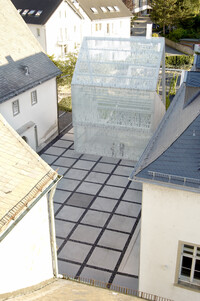
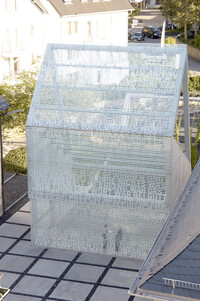
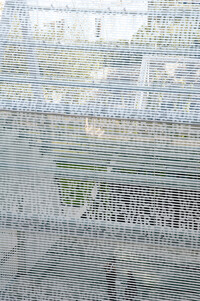
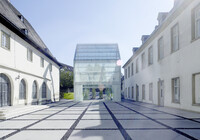
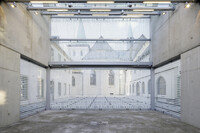
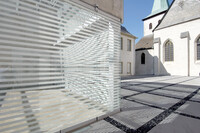
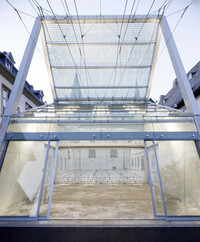
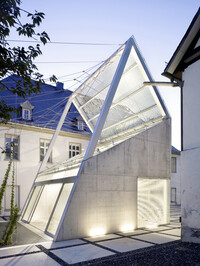
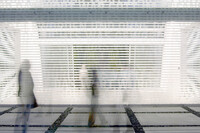
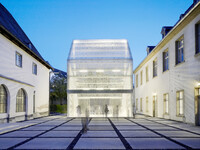
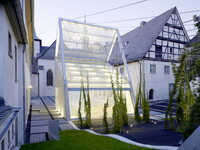
Diaphanous Space... - Art Gallery Monastery Wedinghausen
Architecture. After 1803 the cloister of the monastery, parts of the building had been demolished. The opening of the courtyard through the demolition of the south wing 1885 was an architectonic loss, but symbolized the changing of European society at that time and gave new quality of light and deepness into the space.
The project of Kloster Wedinghausen (Monastery Wedinghausen) links the spatial contradictions of openness and closeness. The visitor is entering a closed space and feels at the same time a linear space, which leads from inner to outside world.
Monastery Courtyard. The courtyard is a place of quietness and consciousness. The clear rhythm of is ground symbolize the spiritual relevance of the space. The visitor is forced to think about the relationship of space-time and body and to live a secular and spiritual dimension.
Light - pavilion. The Light - pavilion replaced in modern form the old gone south wing of the monastery. It underlines the boarder of the former courtyard without blocking any visual relationship to the outside. The building topology and the graphic of the facade creates in modern and abstract ways relationships to the surrounding buildings (relationships to the changing contrast of walls and windows) and give coherence.
The text express the intellectual, spiritual relevance of the side a space of faith and rationality It is the famous beginning of the Gospel of Johannes „Im Anfang war das Wort, und das Wort war bei Gott, und Gott war das Wort” (Joh 1,1).
The light going through the transparent facade change the image of the building during day and night in a light sculpture.
Garden room. The garden room is a reference to the forest and nature nearby. The green living space give a contrast to the clear and austere courtyard. His plants will create in future an additional green space as an extension of the lighthouse